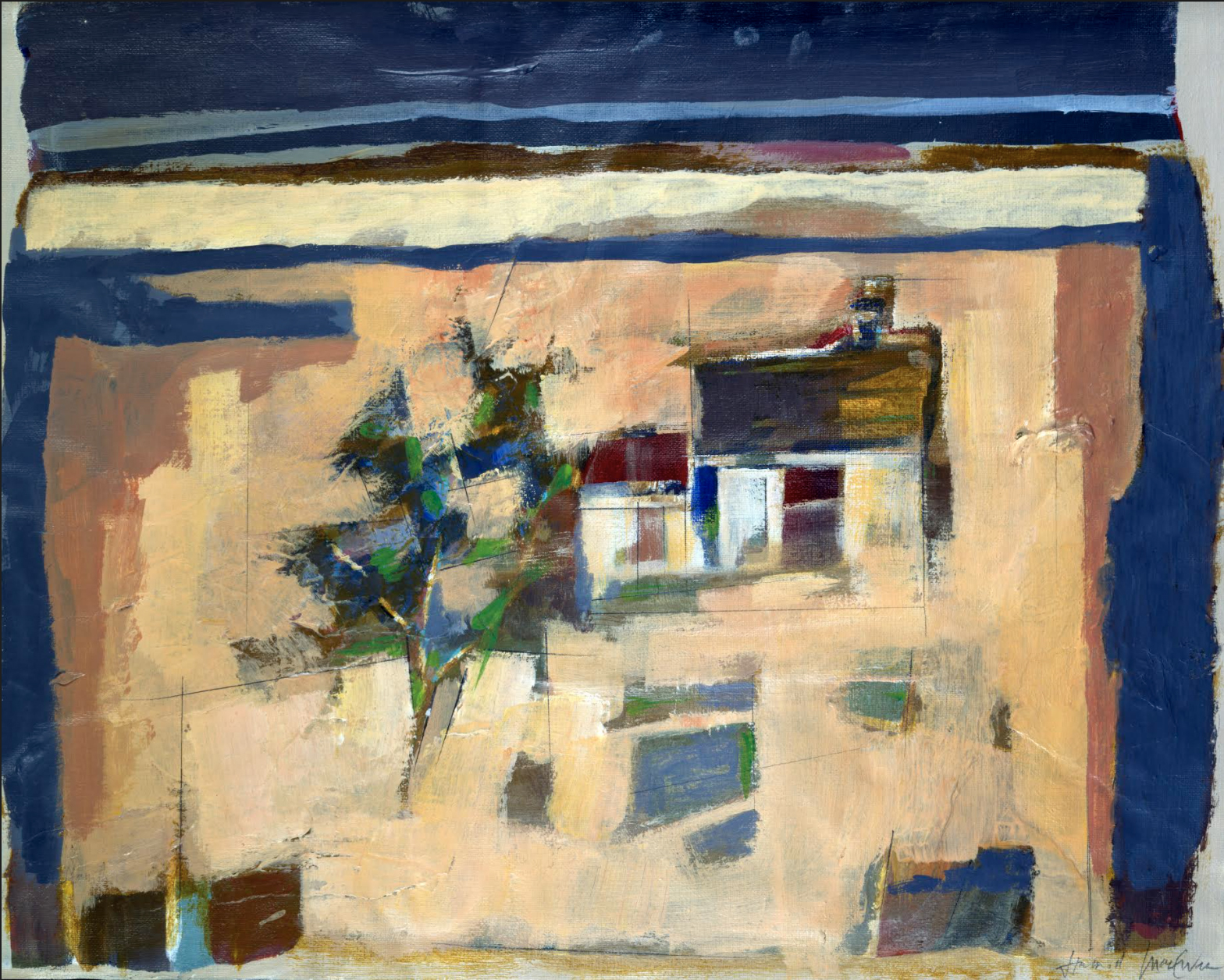In West Toronto there is a beautiful neighbourhood in a prime location that has small town charm. Today, I want to share with you my The Junction Toronto neighbourhood guide. You will quickly come to learn why this affordable neighbourhood appeals to urban professionals, young families and artists alike.
History
The first stop on The Junction Toronto neighbourhood guide is to understand how it became the neighbourhood we know it as today. The Junction was originally developed as a railway town in the 1870s which is why a convergence of railway lines run through the neighbourhood. The labourers and families that first settled here engaged in excessive drinking and rowdiness which led to a prohibition on alcohol being sold on Dundas Street West that lasted until 2000!
In 1882, a lawyer named D.W. Clendenan, along with his uncle D.J. Laws, purchased the railway town and registered the neighbourhood for subdivision in the City of Toronto. By the late 1880s The Junction incorporated as a Village with a population of 5,000. As more and more flocked to this new neighbourhood with commanding views of Lake Ontario and High Park, more infrastructure was built such as libraries, churches and schools.
The Junction has gone through many boundary changes over the years and has been included in Toronto’s history since its beginnings. Its colourful history is what gives this neighbourhood tremendous character.
Architecture
When people think of the best architecture in Toronto they immediately think of Rosedale, Forest Hill, Bridle Path, etc. However, some of the finest architecture in Toronto can be found along the winding tree-lined streets north of Annette Street in The Junction. Here, you will find beautiful red brick Victorian, Queen Anne, and Arts and Crafts homes with intricate features such as turrets, porches and archways. Most of these homes sit on generously sized lots.
As you approach Dundas Street the homes remain in the above-mentioned architectural styles but are smaller in size and simpler in style. This is because the labourers who first moved to The Junction to work on the railway could not afford the same lavish homes as those located on Annette Street. Nevertheless, these homes are very beautiful, and some have been gorgeously renovated inside.
Lifestyle
The Junction boasts iconic, historic commercial buildings that provide a very enjoyable shopping district. If you love independent retailers, especially of the home décor variety – this is the neighbourhood for you. Rest assured, there are also many restaurants, bars, children’s stores, and alternative health options for you available here. You are also steps to Dundas Street and St. John’s Road which is more affectionately known as Little Malta.
Recreation
If you are looking to enjoy the greener things in life, The Junction is very well located. It is less than one mile from Toronto’s largest park, High Park, which hosts every sort of outdoor recreational activity you can think of including gardens, cafes, a zoo, playgrounds, etc. Within the neighbourhood itself you will also find four local parks which offer wading pools, playgrounds and artificial ice rinks.
Transportation
If you are a public transit commuter, The Junction is one of the most well-connected neighbourhoods in Toronto. There are several bus routes that run through the neighbourhood, and you can even walk to Dundas West station – where you can transfer to 2 streetcar routes and the Bloor/Danforth subway line. Just across the road is the Dundas West Go station and UP Express as well. Driving to downtown Toronto should not take you more than 10 minutes.
As you can see from The Junction Toronto neighbourhood guide, this neighbourhood is packed with personality at every corner. I have recently sold a lovely home in the area for over asking price; you can see the details here. If you have a home in the Junction you wish to sell, or want to make this neighbourhood your next home, please feel free to reach out to me here.

